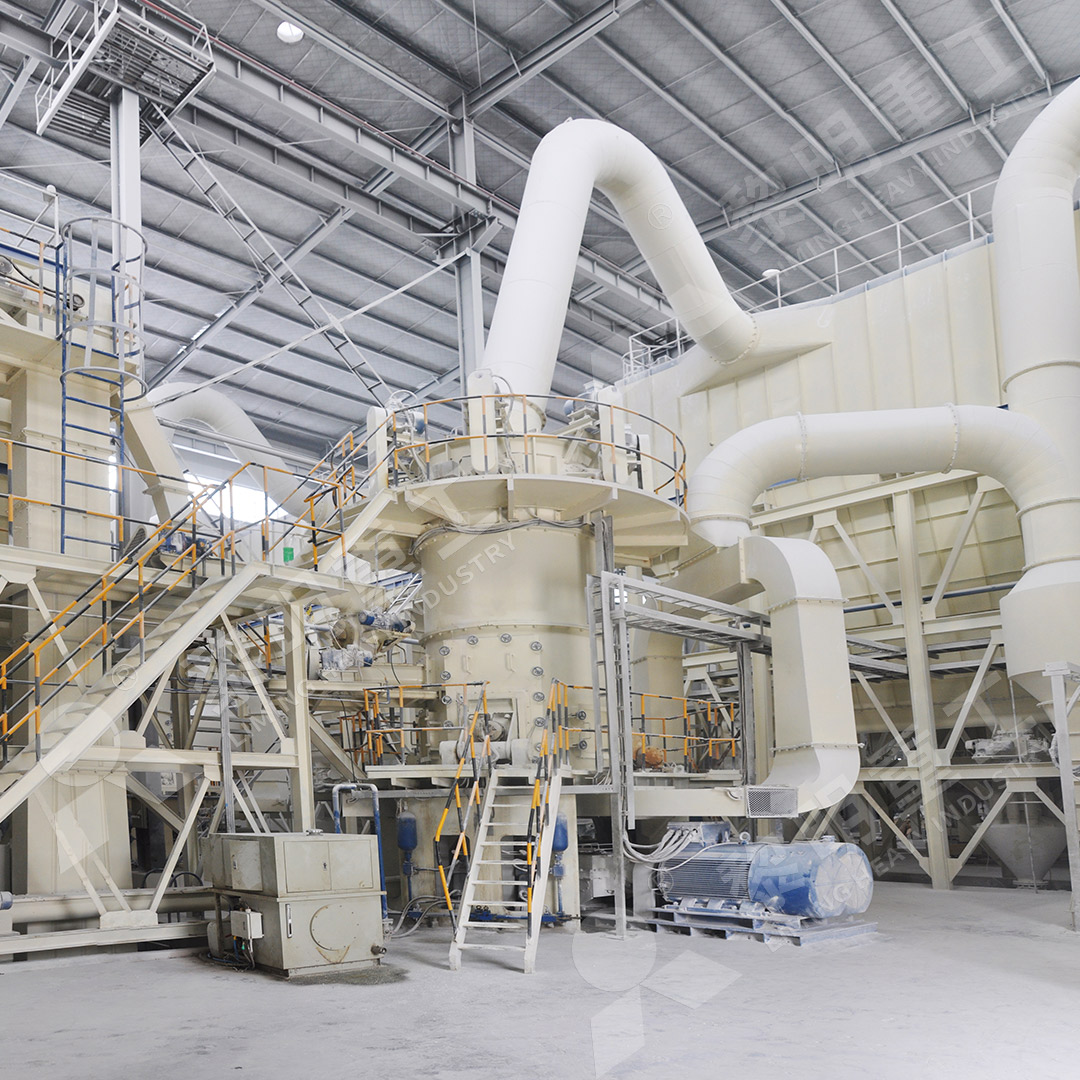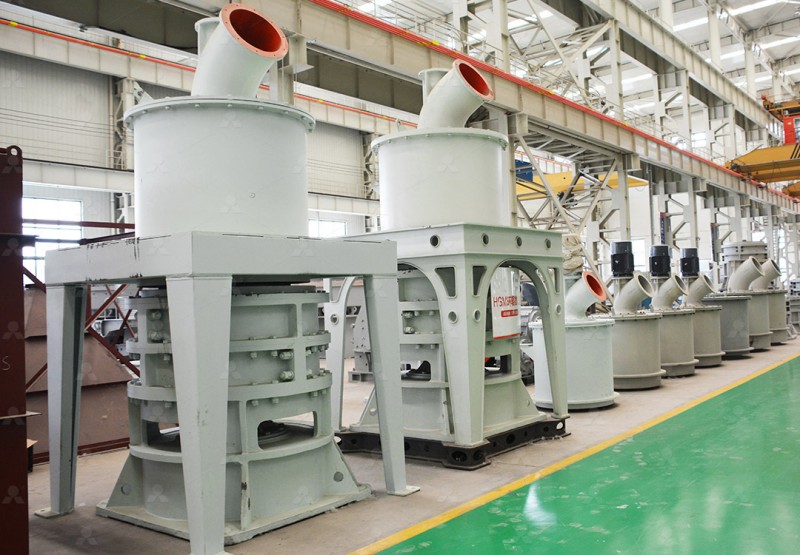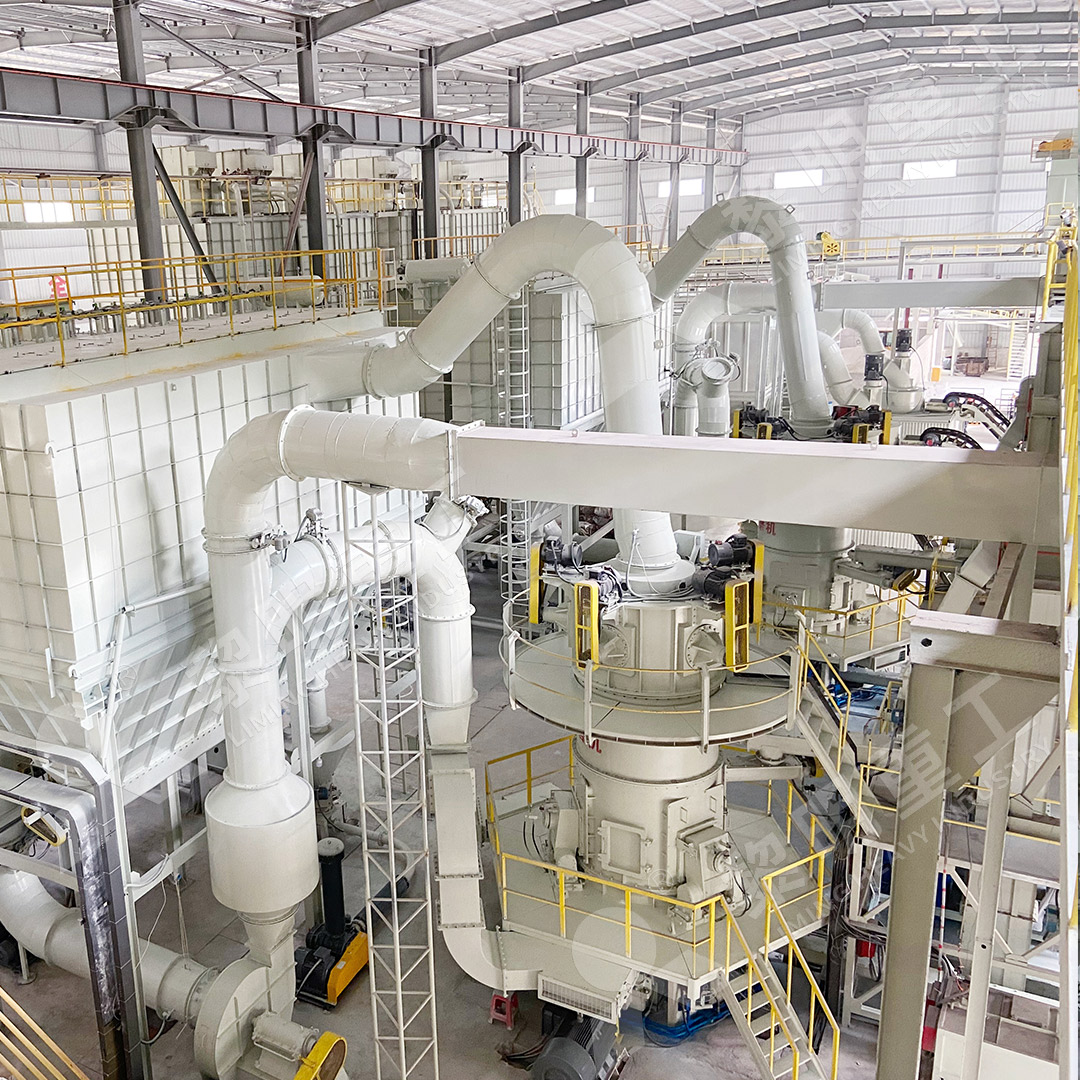Vertical Roller Mill for Stone Grinding: A Comprehensive Guide
Vertical Roller Mill for Stone Grinding: A Comprehensive Guide
In the world of industrial mineral processing, achieving consistent, high-quality powder from various stones and non-metallic minerals requires specialized equipment. Among the various grinding technologies available, vertical roller mills (VRMs) have emerged as a preferred solution for many applications due to their efficiency, compact design, and lower operational costs compared to traditional ball mills.
The fundamental principle behind a vertical roller mill is relatively straightforward yet highly effective. Material is fed onto a rotating grinding table where multiple heavy rollers exert pressure, crushing and grinding the feedstock against the table’s surface. The ground material is then transported by air to a classifier, which separates the fine product from coarse particles that require further grinding. This continuous process allows for high throughput with precise control over the final product’s fineness.

When selecting a vertical roller mill for stone grinding applications, several factors must be considered. The hardness and abrasiveness of the material directly influence wear part selection and maintenance intervals. Required production capacity and target fineness determine the mill size and classifier configuration. Energy consumption, footprint limitations, and environmental regulations also play crucial roles in equipment selection.
Advanced Mill Technologies
Modern vertical roller mills incorporate numerous technological advancements that enhance their performance and reliability. Sophisticated grinding curves for rollers and tables improve grinding efficiency, while advanced classifier designs enable precise control over product fineness. Many contemporary mills feature external lubrication systems that allow maintenance without shutdown, significantly improving operational availability.
For operations requiring ultra-fine powders with precise particle size distribution, the MW Ultrafine Grinding Mill represents an excellent solution. This machine is specifically engineered for customers who need to produce ultra-fine powder between 325-2500 meshes. With an input size of 0-20 mm and capacity ranging from 0.5-25 tph, it efficiently processes materials like limestone, calcite, dolomite, gypsum, barite, and talc. The mill’s innovative design eliminates rolling bearings and screws from the grinding chamber, preventing common failure points and enabling continuous 24-hour operation.

Another notable option for fine powder production is the LUM Ultrafine Vertical Grinding Mill, which combines Taiwanese grinding roller technology with German powder separating technology. This mill handles input sizes up to 10 mm with capacities between 5-18 tph, making it suitable for superfine dry powder production of non-metal ores. Its reversible structure simplifies maintenance, while double position-limiting technology ensures operational stability even under challenging conditions.
Environmental and Operational Benefits
Vertical roller mills offer significant advantages over traditional grinding systems in terms of environmental performance. Integrated pulse dust collectors effectively capture particulate matter, while silencers and noise elimination rooms reduce acoustic emissions. The completely enclosed systems operate under negative pressure, preventing dust escape and ensuring compliance with stringent environmental standards.
From an operational perspective, VRMs typically consume 30-50% less energy than ball mills for similar applications. Their compact design reduces footprint requirements by approximately 50% compared to ball mill systems, and integrated drying capabilities eliminate the need for separate drying equipment when processing moist materials.

Frequently Asked Questions
What types of materials can be processed in vertical roller mills?
Vertical roller mills are versatile enough to handle numerous non-metallic minerals including limestone, calcite, dolomite, gypsum, barite, marble, talc, and coal powder. Specific mill models may be optimized for particular material characteristics.
How does product fineness control work in VRMs?
Fineness is primarily controlled through the integrated classifier system. Advanced models feature cage-type powder selectors with adjustable rotation speeds that precisely separate particles according to size. The MW Ultrafine Grinding Mill, for example, offers fineness adjustment between 325-2500 meshes with screening rates achieving d97≤5μm in a single pass.
What maintenance advantages do modern VRMs offer?
Contemporary designs incorporate features that significantly reduce maintenance requirements and downtime. The absence of rolling bearings and screws in the grinding chamber of mills like the MW Ultrafine Grinding Mill eliminates common failure points. External lubrication systems enable maintenance without shutdown, while reversible structures on models like the LUM Ultrafine Vertical Grinding Mill allow easy roller removal for inspection and replacement.
How do VRMs compare energy-wise to traditional ball mills?
Vertical roller mills typically offer 30-50% energy savings compared to ball mill systems. This efficiency stems from their direct grinding principle, advanced classifier designs, and integrated systems that minimize energy losses associated with material transport between separate processing units.
